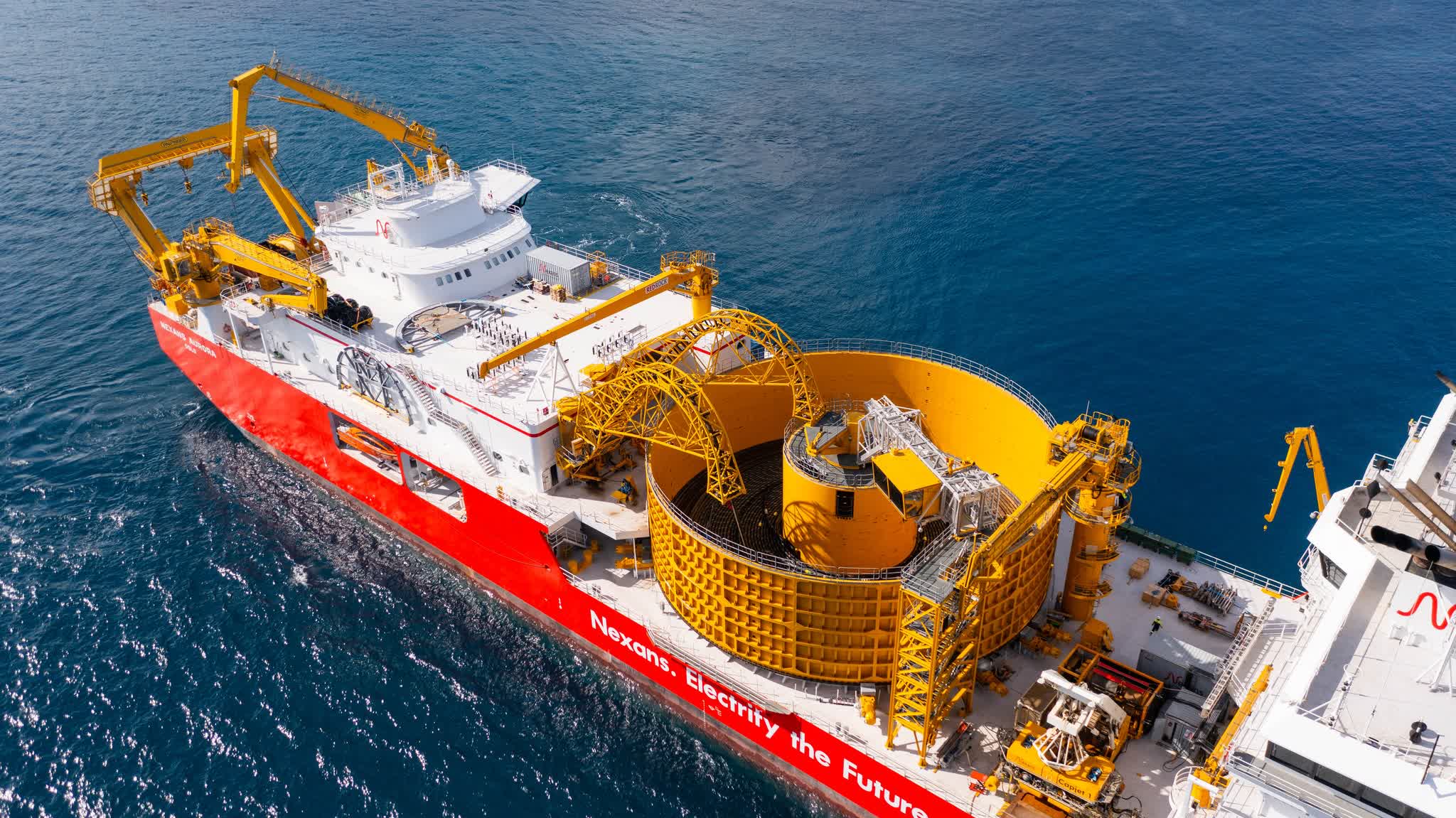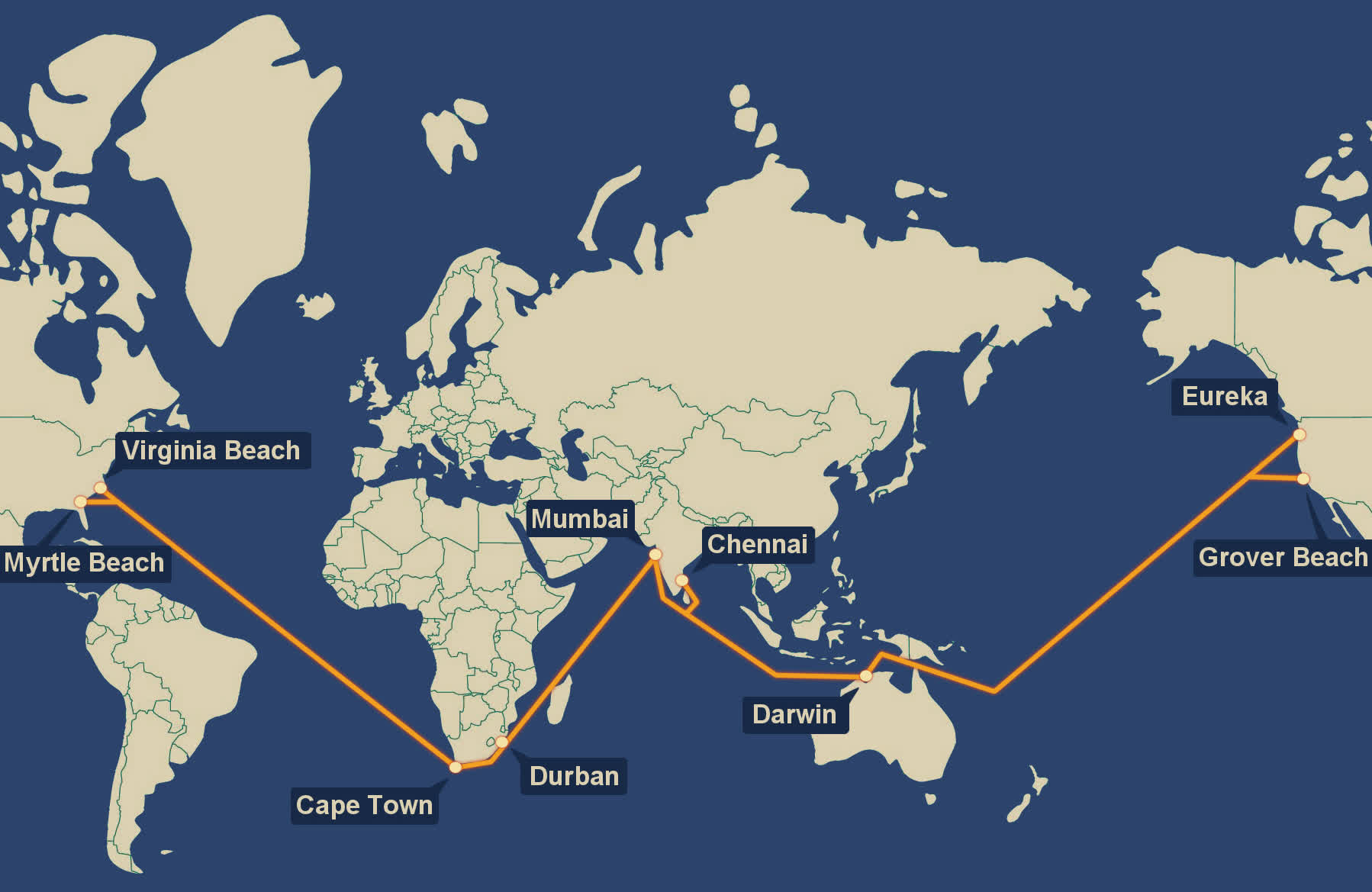In context: Amidst the heightened threat of sabotage on undersea cables by malicious actors, technology corporations remain keen on constructing more of them. With the global surge in internet use driven by significant advancements in artificial intelligence, Meta is planning to install one of the world’s longest subsea cables to create a dedicated channel for its digital platforms.
According to TechCrunch, Meta is gearing up to invest an estimated $10 billion into a project to enhance global connectivity. As one of the major forces behind global internet traffic, Meta serves billions of users on platforms like Facebook, WhatsApp, Instagram, and Threads. This pivotal project may span several years but is poised to enhance Meta’s ability to deliver digital content to its expanding audience.
Specialist in subsea cables, Sunil Tagare, initially reported on Meta’s “mother of all submarine cables” in October. Although Meta already co-owns several subsea cables like Echo, Amite, Havhingsten, Bifrost, 2Africa, and Anjana, Tagare notes that Meta will fully own this new digital backbone. The precise route remains speculative, marking a departure from the traditional consortium-based strategy it has previously adopted.
A rough outline of the W undersea cable
Meta is apparently striving to bolster its network resilience following incidents earlier this year that caused prolonged downtime for the AAE-1 cable in the Red Sea and other subsea cables. To ensure this, Meta is prepared to allow for some latency by circumventing the Red Sea region, opting to route through the Atlantic, Indian Ocean, and Pacific to avoid areas plagued by recent geopolitical tensions.
Overall, Meta’s “W” undersea cable is set to be one of the most ambitious digital infrastructure initiatives to date, emphasizing the increasing significance of Africa and India as vital growth markets for digital platforms. Estimated to measure 40,000 kilometers (~24,585 miles) upon completion, it will rival the SEA-ME-WE 3 (South-East Asia-Middle East-Western Europe 3) cable, which extends 39,000 kilometers (~24,235 miles).





